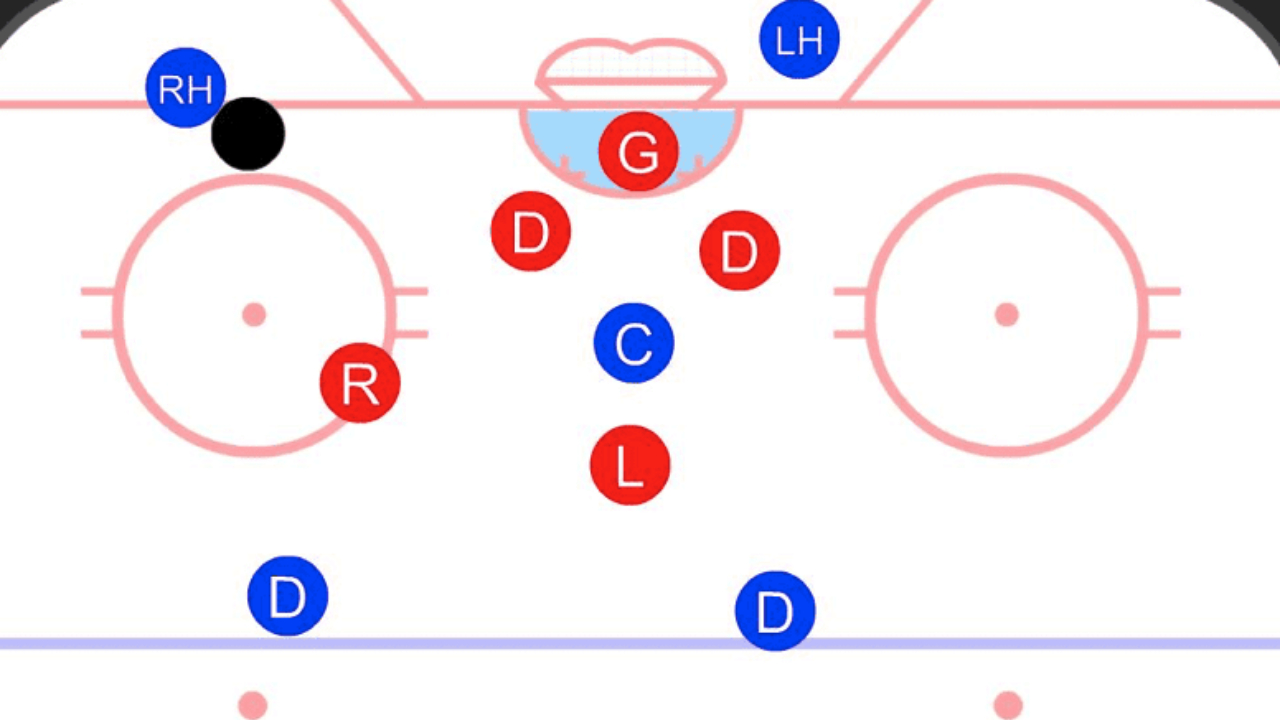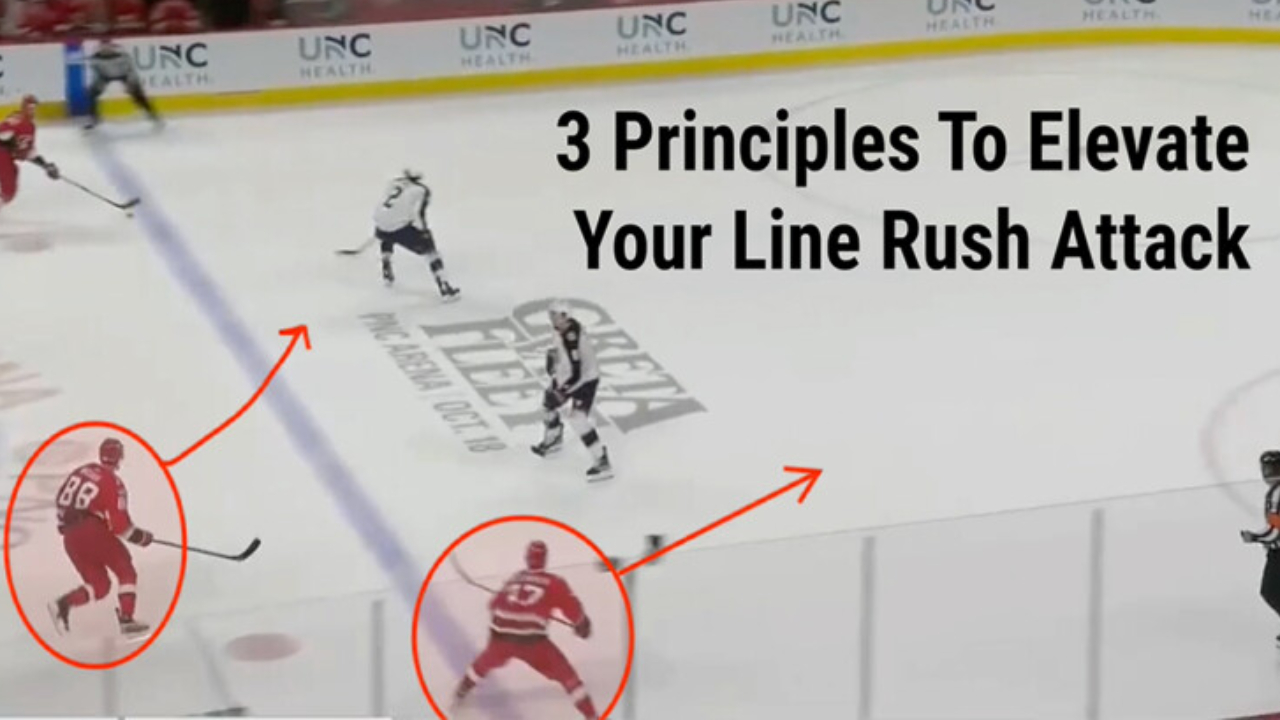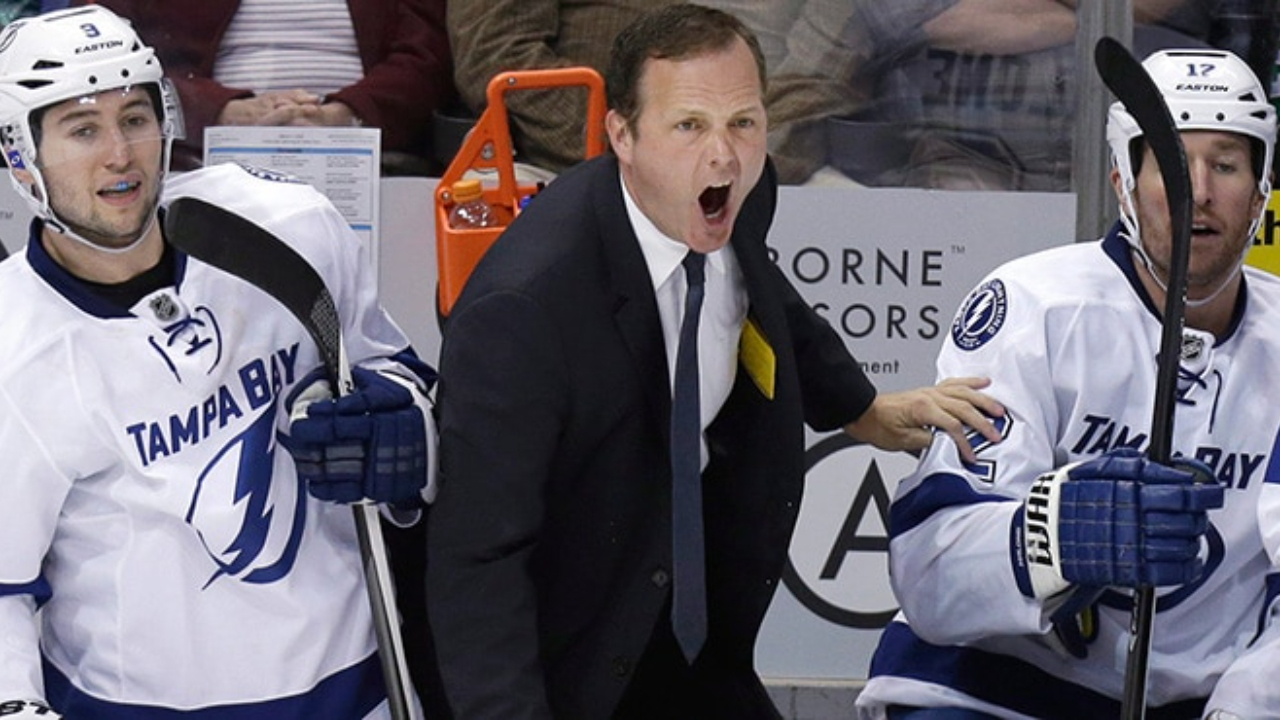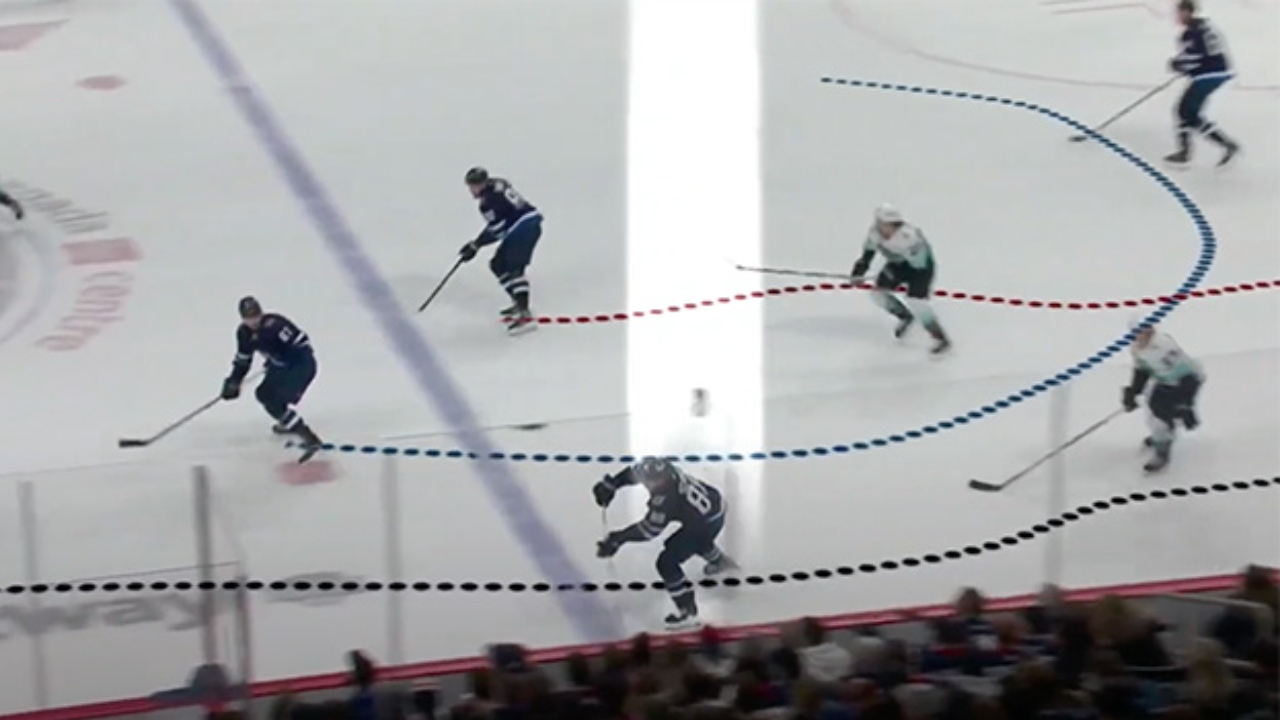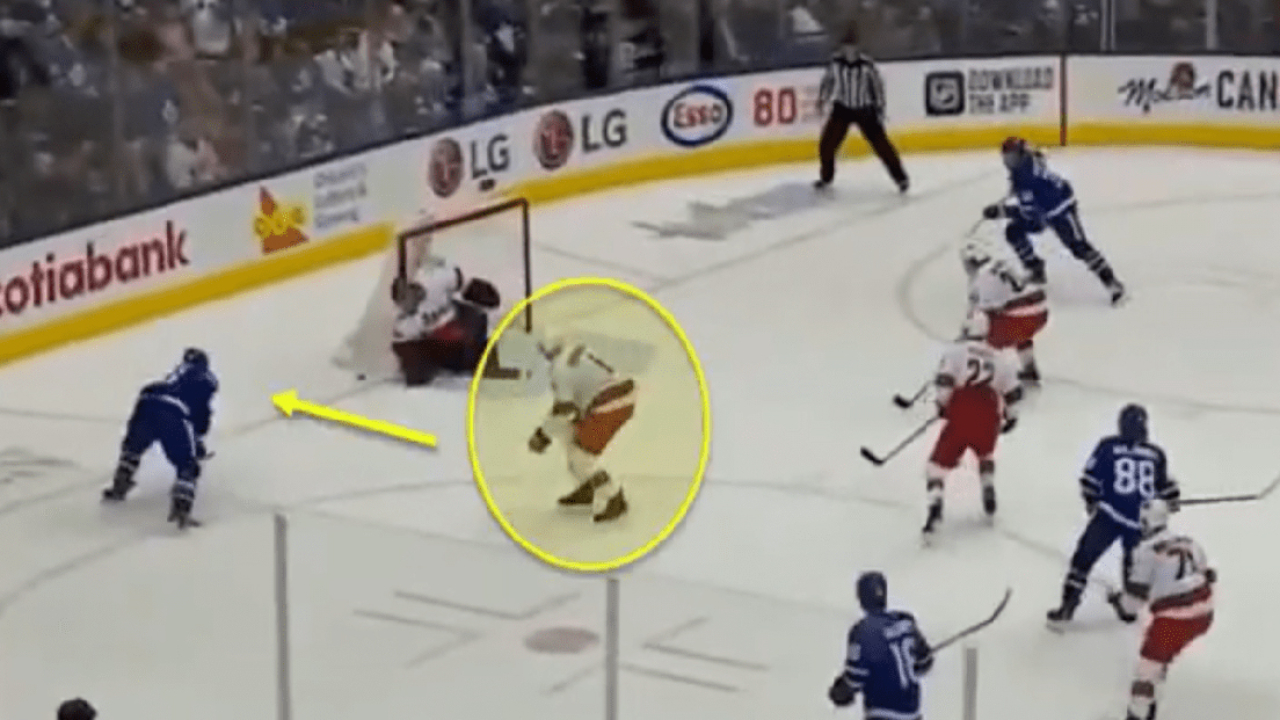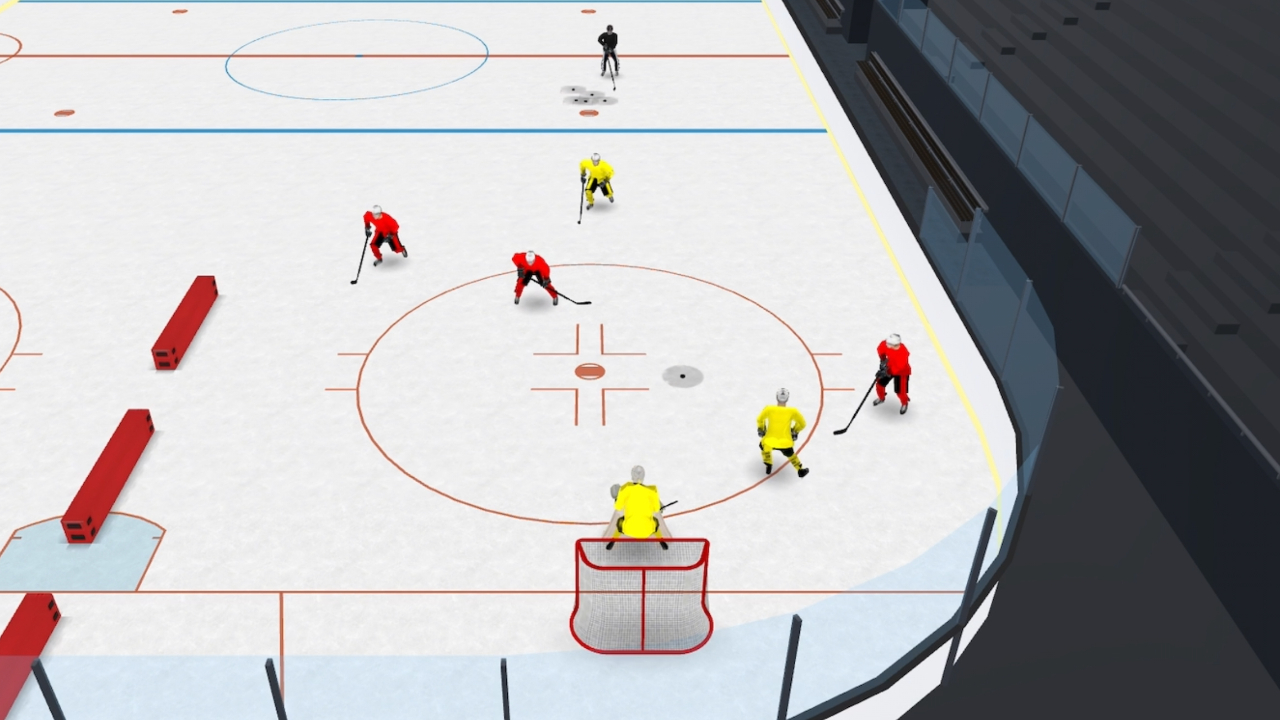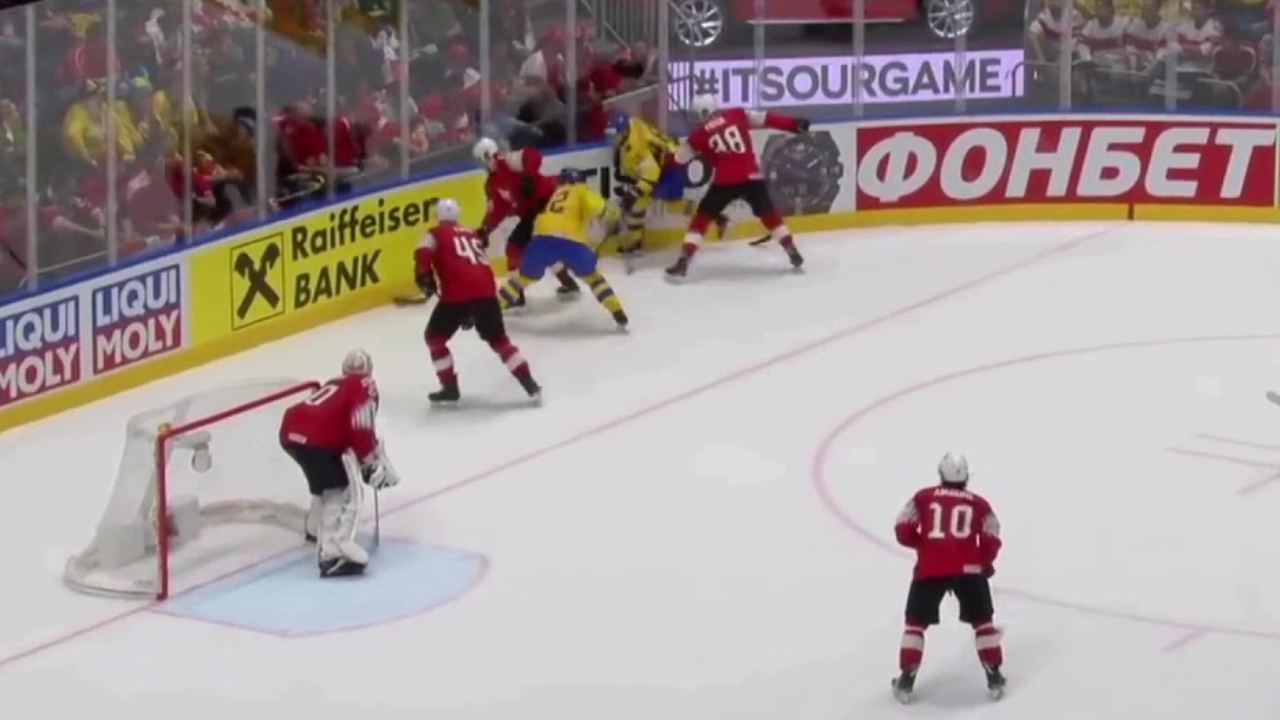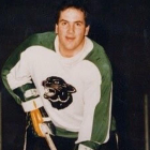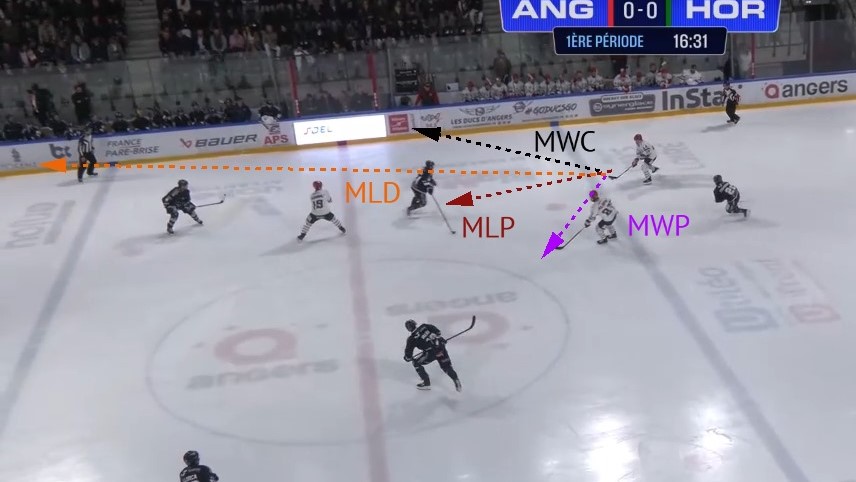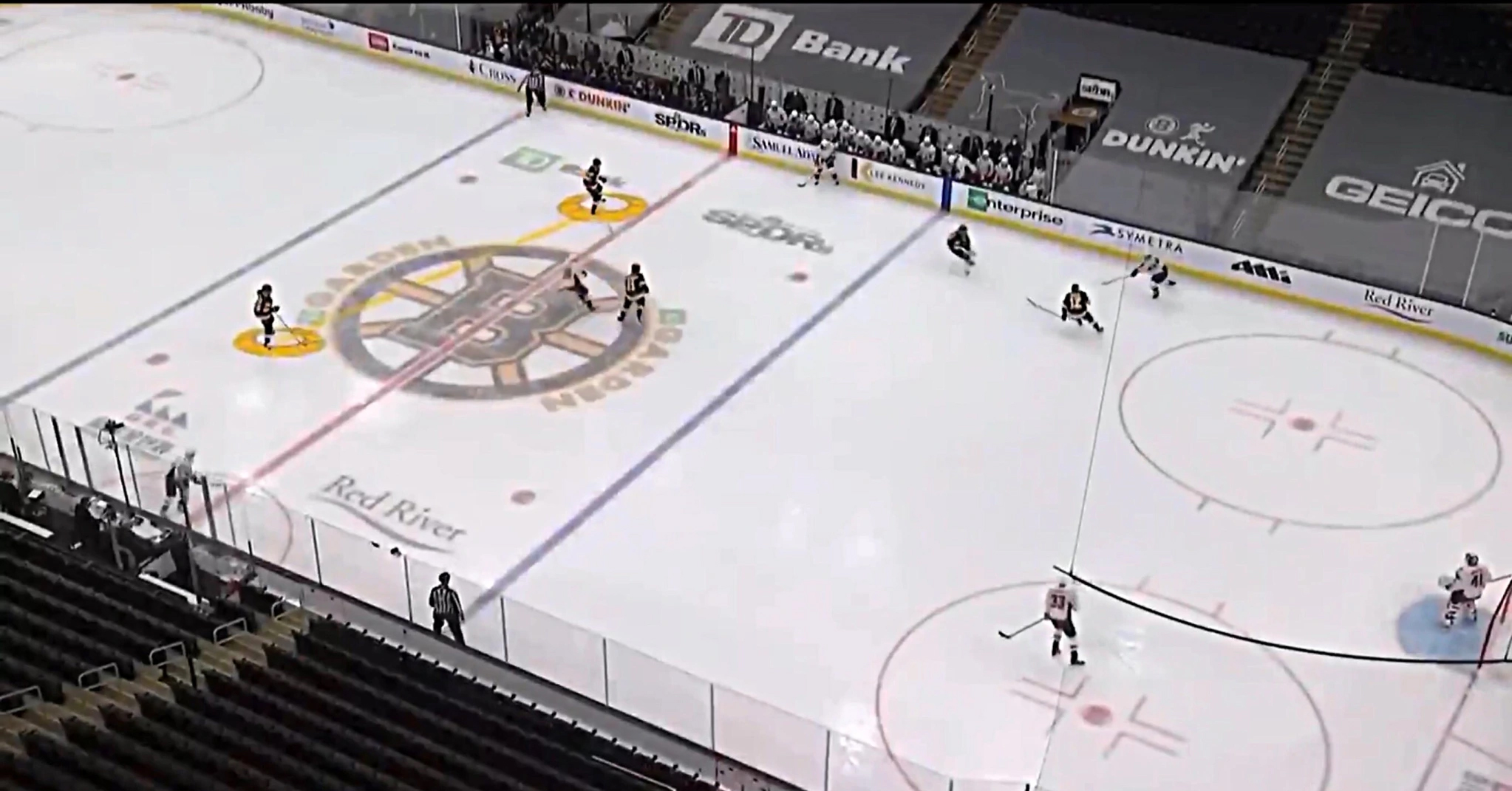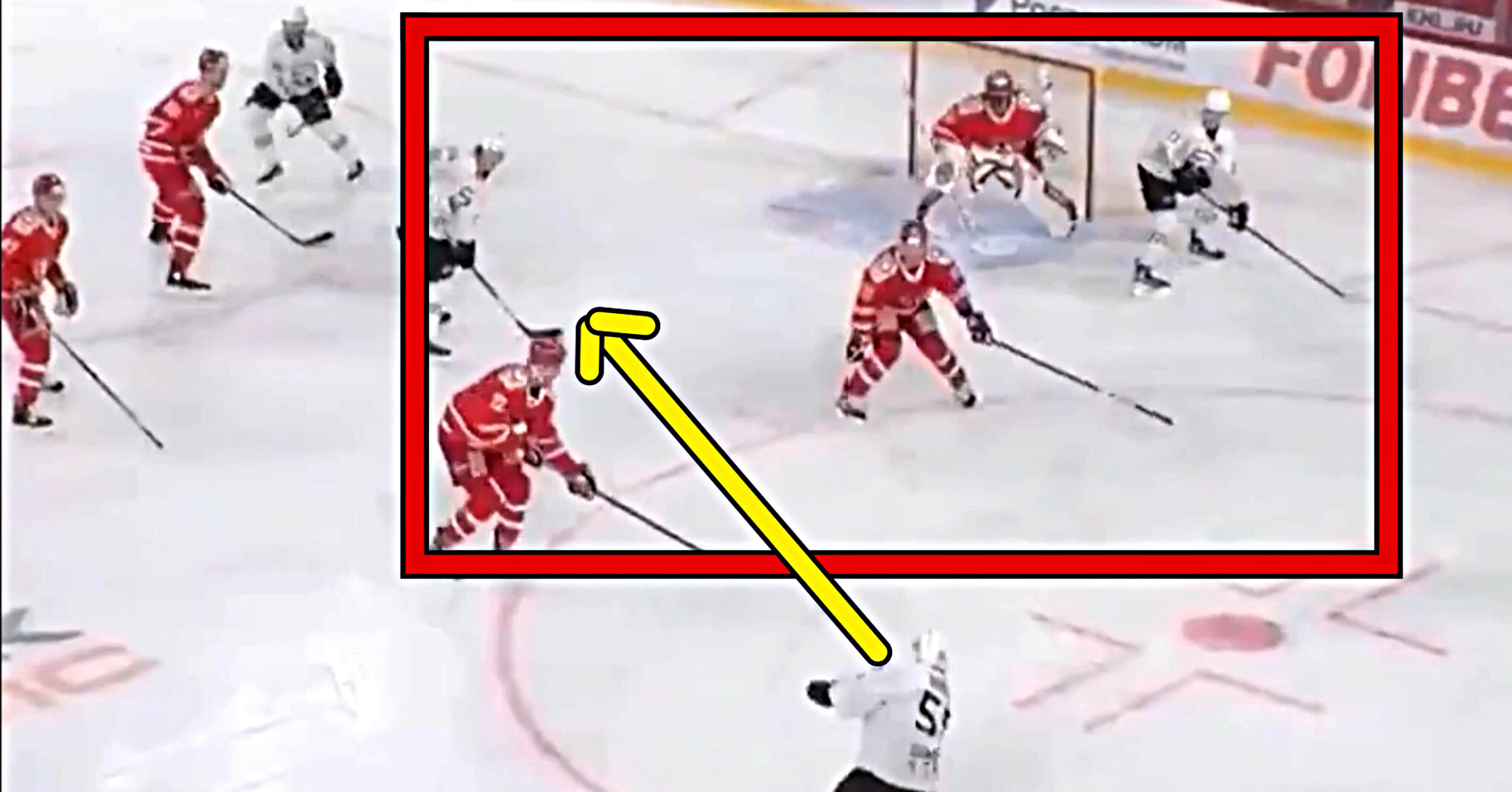After years of focusing primarily on the power play, I was tasked with overseeing the penalty kill during the 2024–2025 season. While I had some experience with the PK, it was an area where I felt I could grow as a coach. With a background that focused on PP, I was curious whether we could find ways to generate offense while shorthanded and while pressuring the oppositions power play.
As a personal project, I tracked every shorthanded goal (SHG) scored in the NHL this season. My goal was to identify repeatable habits and situational patterns that could be applied or adapted for our Junior C team.
It’s important to note that SHG are rare. In 2024–2025 NHL season, there were 208 SHG scored on 7,101 power play opportunities (2.93%). I narrowed the focus further by eliminating goals that came from empty nets, goaltender turnovers, or uncontested mishandles. What remained were 158 SHG (2.23%) created through repeatable habits and situational execution.
Where SHGs Begin: Zone Origin
The first detail I analyzed was the puck recovery or turnover location that led to each SHG. This information proved valuable in helping our PK units understand when and where they could pressure, where the puck might be distributed, and when it was appropriate to transition to offense.
Here’s a breakdown of where these SHG opportunities originated:
|
OZ |
6 |
3.80% |
|
NZ |
14 |
8.86% |
|
DZ Blue |
45 |
28.48% |
|
Top of Circle |
47 |
29.75% |
|
Dot Line |
28 |
17.72% |
|
Below Dots |
18 |
11.39% |
The biggest takeaway: more than 75% of SHGs originated from between the horizontal dot line and the DZ blue line. That zone, just above the hash marks and into the upper area of the DZ, is where most turnovers occurred that led to offensive opportunities. For our team, this served as a read; if we recover a puck in this zone and have time and space, we have the green light to skate on touch or make a play to a stretching teammate. Of course, this standard can shift depending on the score and time remaining, but it became a reliable, area based guideline for attacking shorthanded.
Situations That Lead to SHGs
When breaking down the types of plays that generated SHGs, several consistent situations stood out. Below are the three most common situations that led to SHGs in the 24-25 season.
1. Pressure on Low-to-High Plays
One of the most common SHG triggers was pressure on weak low-to-highs or rim plays. Power play units under pressure would occasionally send soft rim releases or pass back to the point without full awareness of the pressure. The receiving players were often positioned outside the dots and lacked time or space to make a positive touch on the puck.
Defensive teams took advantage using a triangular structure: one player pressuring the puck carrier, with two others cutting off the primary passing lanes (down the wall and toward the middle). This structure not only disrupted puck movement but also positioned all three defenders with toe caps up ice, ideal for transitioning off a turnover. Conversely, the offensive team was directed downhill at the net meaning on a turnover they would have to pivot and accelerate. By this point the penalty killing team has already create time and space. The clips below showcase the triangular structure on low to highs and how teams effectively transition to offence.
2. Close and Seal to Transition
The second key situation occurred when the defensive team was able to quickly close on a puck battle, seal the wall, and transition. In the clips below, both the Rangers and Senators demonstrated textbook examples. Being on the defensive side of the puck and sealing the battle, the defenders were able to beat their checks off the wall to join the rush and create offensive opportunities. In the other two clips with Vegas and Carolina we see how a quick close with good stick position and then skating on touch, supporting the puck and anticipating possession can turn a lack of possession quickly into an offensive opportunity.
3. Zone Entry Denials
The third and most common SHG scenario came from a failed zone entry. Nearly 30% of SHGs occurred this way. Most NHL power plays use a double drop breakout, which is intended to create a speed differential which offers clean access into the zone. The puck carrier attacks between two defending players before kicking out to support on the boards. To combat against this breakout most teams are implementing a version of a 1-3 transitioning to a 3-1 at the DZ blue. Similar to the structure shown on the low to high pressure, the 3-1 formation allows the defending team to create a triangular structure to pressure the puck on entry or kickout. The outside defender of the line of three can step up on the kick out knowing they have support behind them (taking the low drive) and above them (pushing down or taking away passes to the tip). The fourth member of the PK FC on the weakside makes a read on a pre-scout whether to look for a cross-ice pass, rim release, or touch to middle. With proper stick position, pressure and structure a turnover on entry can catch the opposition flat footed. Utilizing their lack of speed the defending team can transition the puck into a odd man opportunity.
Key Habits That Drive SHG Success
As with any part of hockey it’s the habits that drive success. Many of the offensive habits that apply in 5v5 hockey also apply here, but they can be executed at a higher success rate on the PK due to the offensive mindset of the power play. Below are two key habits we emphasized:
Skate on Touch / Beat Your Check Up Ice
Though these are two different habits, they both revolve around on ice awareness and moving your feet. Too often, PK players instinctively ice the puck as soon as they recover it, regardless of pressure. In the clips below you will notice the players take a quick shoulder check to assess pressure, then skate on touch. Skating on touch forces the power play to defend, something they aren’t anticipating to do on the PP. This not only eats time off the clock but also creates space and occasionally scoring chances. In the clips below Shane Pinto, Josh Manson, and Bo Horvat demonstrate the benefits of taking the extra second to identify time and space before skating on touch.
The second portion of skating on touch is beating you check up ice. This requires the player to identify if his teammate is skating the puck up ice while also recognizing if he has the opportunity to create an odd man opportunity. This is especially important if fresh penalty killers have the opportunity to capitalize on a tired PP unit. Beating the check up ice requires high levels off effort from the player to work themselves into position to support their teammate with the puck. In the clips below, Chris Kreider and Scott Laughton both show determination, beating three opposition skaters up ice to support their teammate.
Anticipate Possession
This final habit relies on hockey IQ and timing. Players with strong pattern recognition skills can sense when their team is about to regain the puck and adjust their route accordingly. That might mean leaving the zone a second early or curling into a support position to receive a stretch pass.
This is the riskiest habit of the three and needs to be coached with clarity. At the NHL level, players can make difficult plays under pressure. At the lower levels you may need to establish a stricter threshold for when a player can begin to exit the zone. Clear video examples and standards will help players understand what those reads look like.
You never know when you’ll need a shorthanded goal. In our case, it was Game 7. We were down 3–2 with five minutes left and killing a seven-minute penalty. Because we had built an attacking mentality into our PK, we didn’t need to change our mindset. The habits we had emphasized allowed us to capitalize. We tied the game shorthanded and won in overtime.
Hopefully, the information above gives you a framework to develop more aggressive, confident penalty kills and maybe even score a few timely goals of your own.

